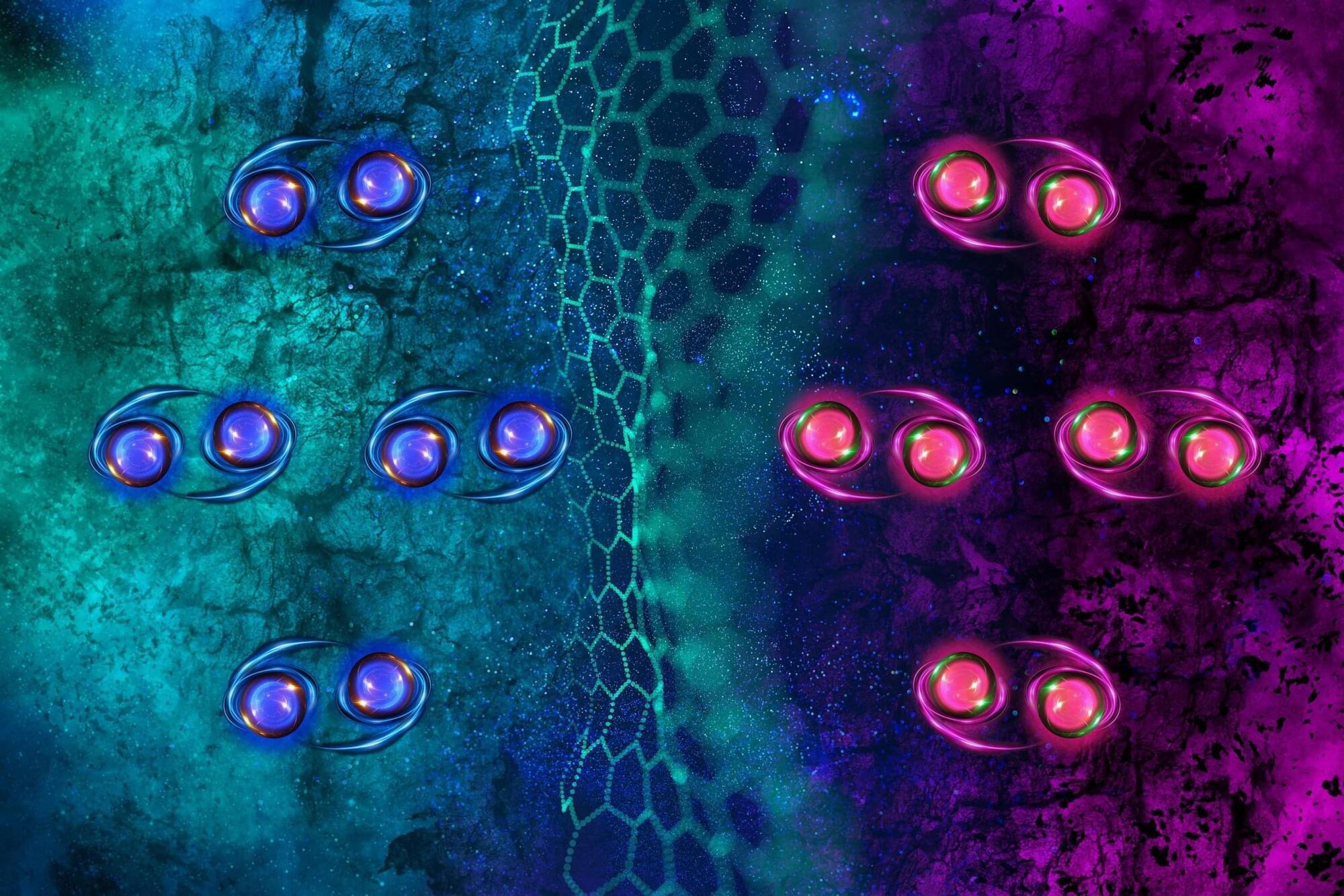A new study has revealed a novel effect caused by dark photons—hypothetical particles thought to make up a portion of the universe’s elusive dark matter. This discovery, made within the framework of Einstein–Cartan–Holst gravity, provides new insights into the fundamental interactions between matter and gravity.
The study was conducted by Prof. Gao Zhifu from the Xinjiang Astronomical Observatory of the Chinese Academy of Sciences, in collaboration with Dr. Luiz Carlos Garcia de Andrade from the State University of Rio de Janeiro, Brazil. Their findings, which include the first identification of a key physical quantity known as the Barbero–Immirzi (BI) parameter induced by dark photons, are published in The European Physical Journal C.
A large portion of the universe is filled with invisible matter known as dark matter, and the dark photon is one of its leading theoretical candidates. As a hypothetical particle beyond the Standard Model, the dark photon exhibits electromagnetic-like interactions through kinetic mixing with the ordinary photon. Unlike photons, however, dark photons possess mass and interact much more weakly with charged particles.









